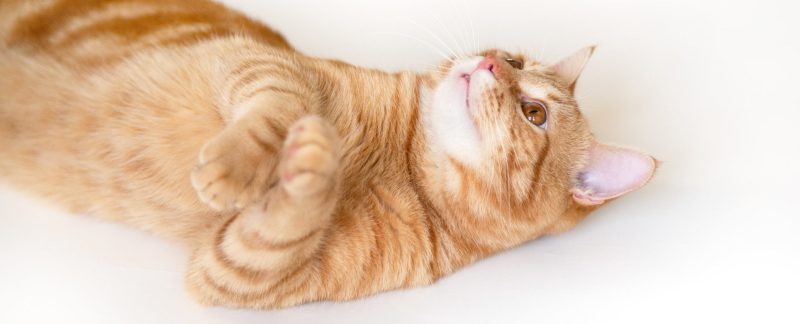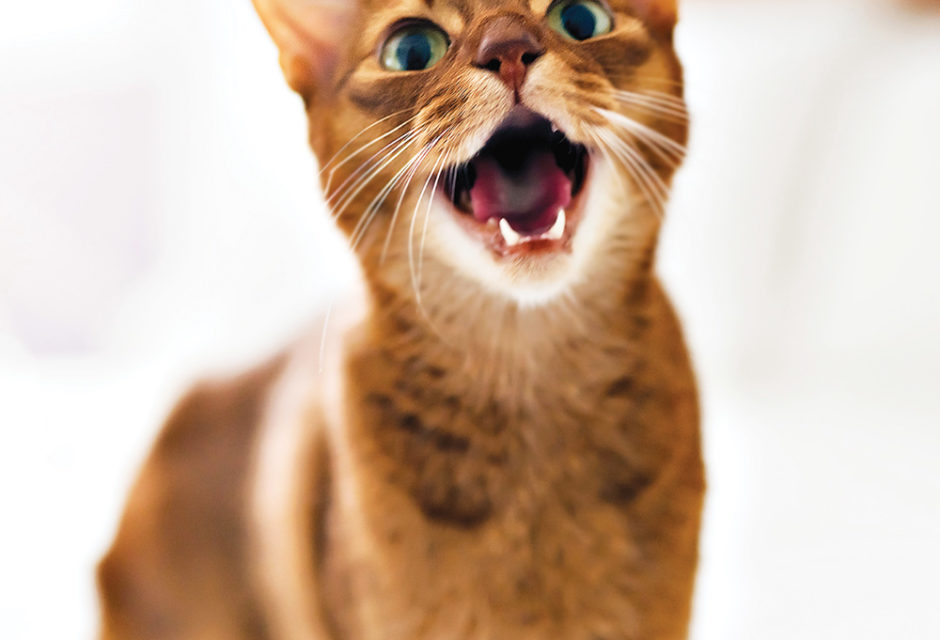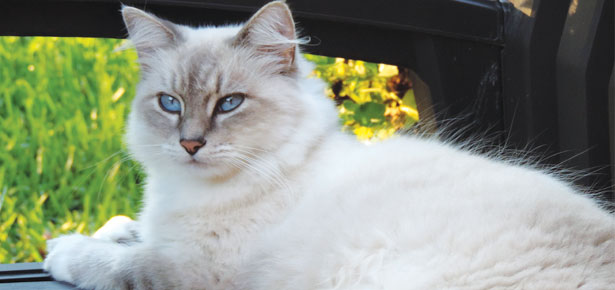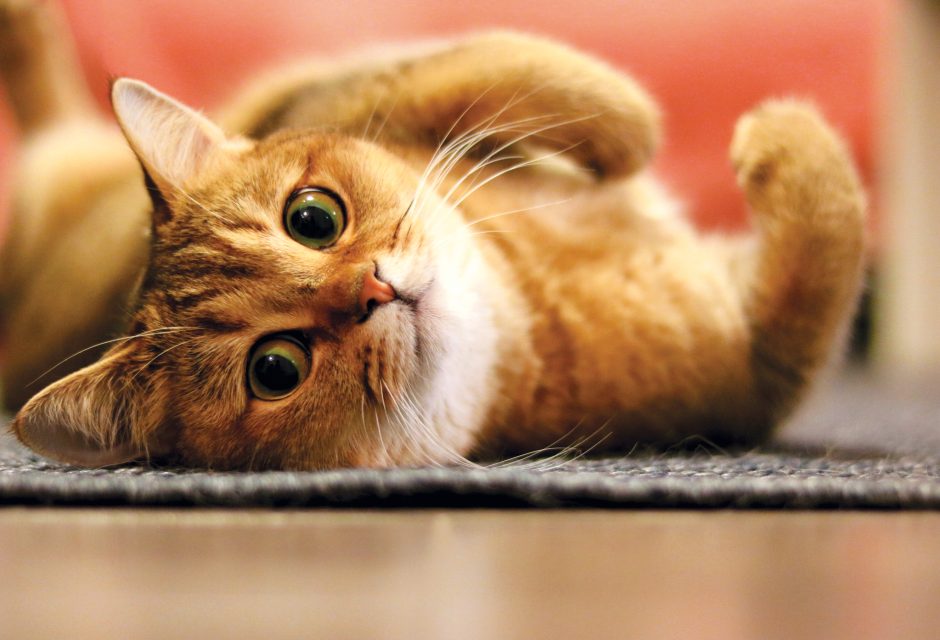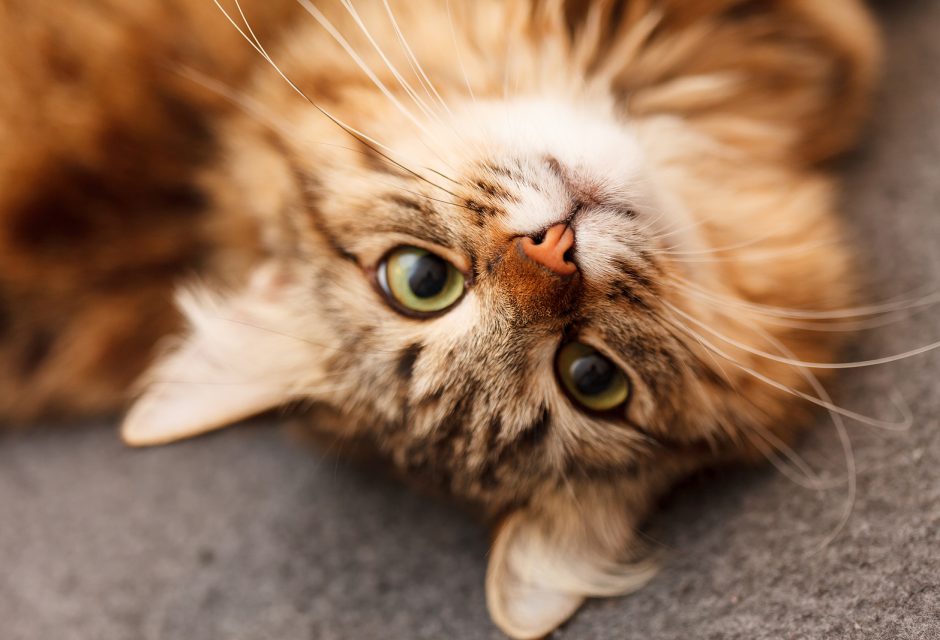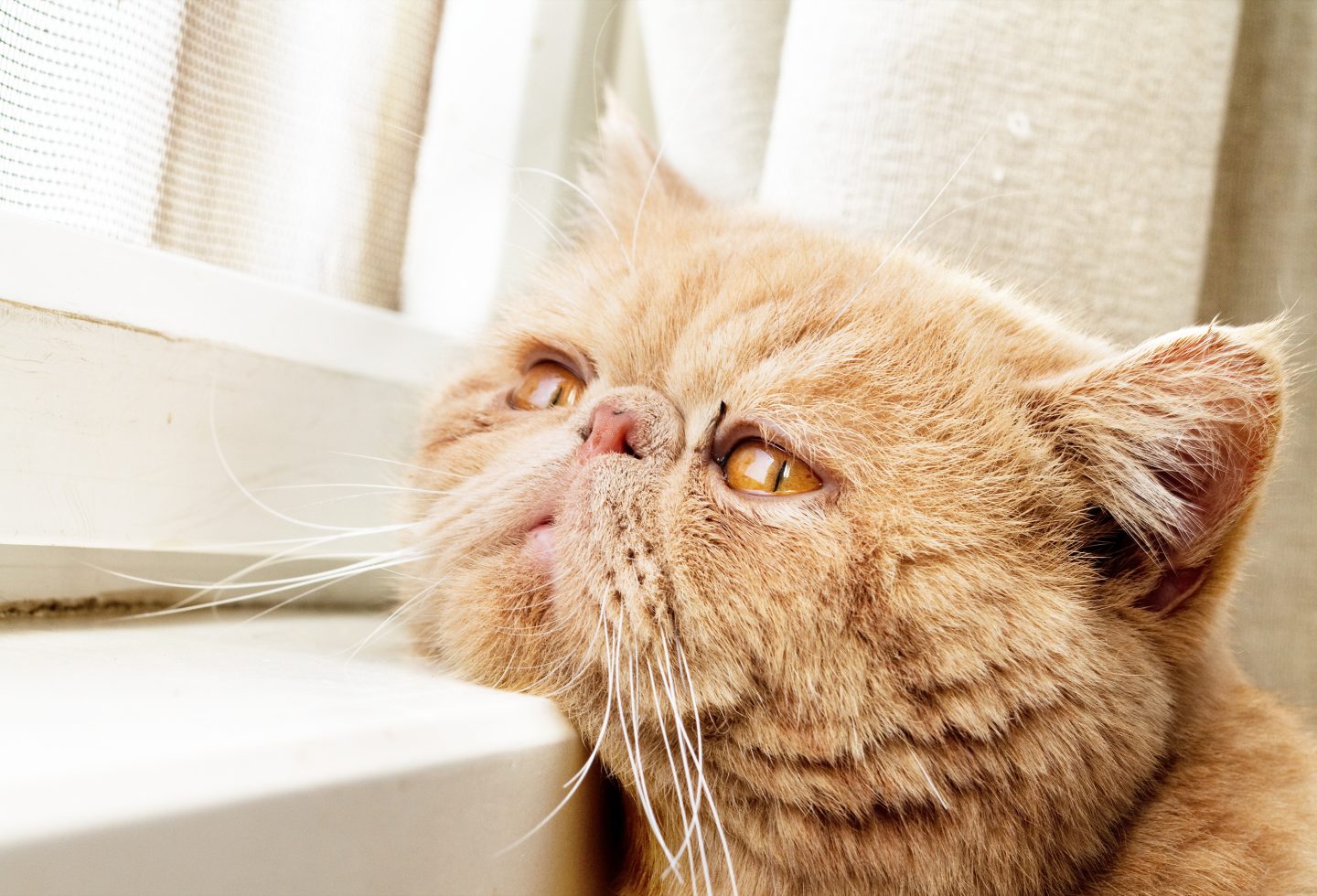
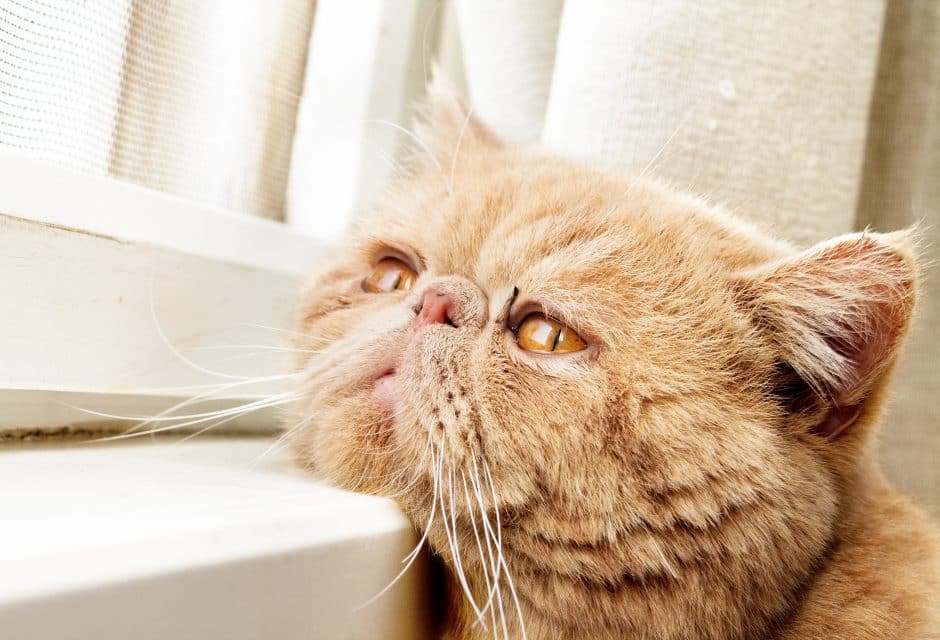
Is Your Cat Sad?
Understanding and helping your depressed cat
By: Mieshelle Nagelschneider, Cat Behaviourist, host of the TV show My Cat From Hell, and author of the cat behaviour science book, The Cat Whisperer
Last Updated:
Understanding Feline Depression + Strategies To Promote Emotional Well-Being In Cats
Cats, known for their playful and mysterious nature, are not immune to experiencing emotions such as sadness and depression. In fact, as in humans, depression can stem from anxiety. While it may be challenging to identify these emotions in cats, the signs and symptoms of feline depression do exist. Recognizing these markers and implementing strategies to help alleviate your cat’s unhappiness is crucial for ensuring the emotional well-being of your feline friend.
Signs of Feline Depression
Depression in cats can manifest in various ways, so it’s important for cat owners to be observant of any changes in behaviour. Before assuming your cat is depressed, it’s essential to rule out any underlying medical conditions. If your cat is physically unwell, the common signs of depression can overlap. Schedule a visit with your veterinarian to ensure your cat’s physical health is in order. If your cat is between seven and eight years of age, they are ready for a senior wellness check that includes a senior blood profile and urinalysis. Also, don’t forget your cat’s flea treatment if they go outside (even if only for a few minutes). Irritated skin from a single flea bite can cause your cat to be uncomfortable and stressed, leading to one sad cat!
Did you know that your cat’s stress response system can become activated if their home environment is not enriched enough?
As with humans, a lack of interest in life can be a sign of depression in cats.
The Common Causes of Depression in Cats:
• Mundane Environment: lack of stimulation or an environment that does not provide ways for a cat to display their natural behaviour (i.e., not enough or variety of toys, perching, and hiding areas), or no person or companion animal to interact with.
• Moving or Change: moving to a new home, changes in a cat’s daily routine, or changes in the cat owner’s schedule.
• Environmental Stressors: loud noises, lack of safe hiding and perching areas, overcrowding (too many cats), unpredictable feeding schedule, or conflict with other animals.
• Major Loss: Losing a family member or animal companion. Even a son or daughter leaving for college can equate to a significant loss for a cat.
• Physical Health: changes in a cat’s physical health can affect how they experience their environment. If a cat becomes obese, it may have difficulty perching in a windowsill or other perching area to view the birds, decreasing their enrichment.
Common Signs a Cat May Be Depressed
#1. Excessive Vocalization: Cats suffering from depression may display excessive meowing or yowling with or without pacing behaviour.
#2. Change in Appetite: A decrease or complete loss of appetite may be an indication of depression or stress in cats. Inappetence is a much more common sign for many cat health issues, so again, be sure your vet performs a thorough examination.
#3. Social Withdrawal: Cats may become more reclusive or aloof, avoiding interaction with their human family members and other pets.
#4. Reduced or Increased Grooming: Depressed cats may neglect their grooming routine, leading to an unkempt coat. Overgrooming specific areas of the body is also a very common behaviour in cats that have anxiety and are depressed.
#5. Sleep Disturbances: An increase or decrease in sleep patterns can be a sign of emotional distress.
IS IT HUNGER? Have you read the feeding guidelines on your cat’s cat food label? Be sure to feed your cat the correct calorie allotment for their specific weight. If your cat is not receiving enough calories each day, he may sleep more than normal, have low energy, and become uninterested in cat toys.
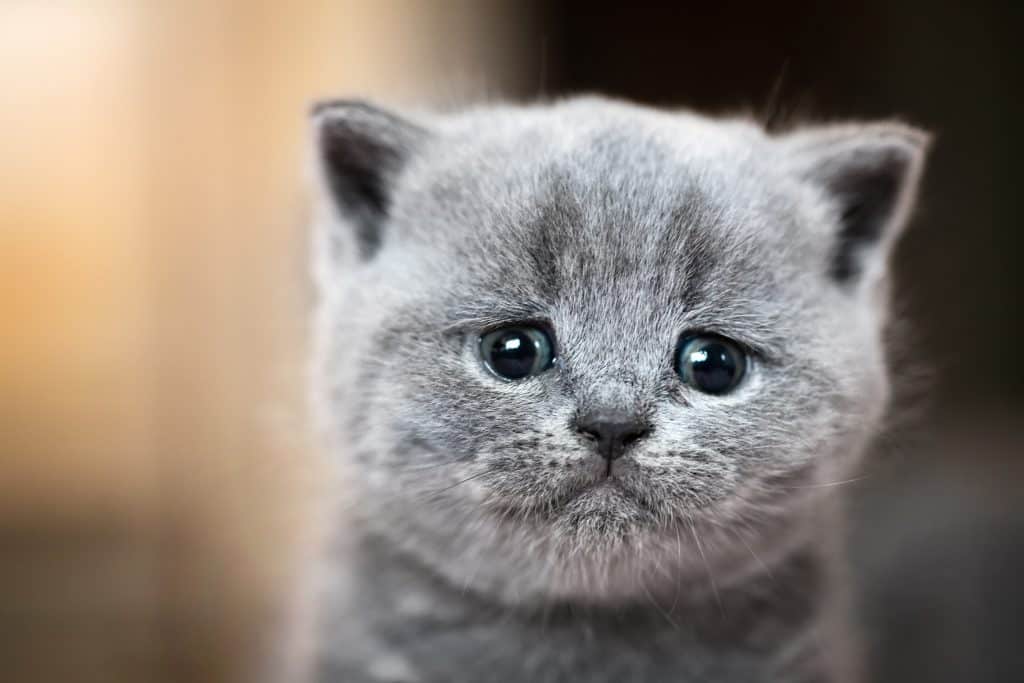
Photocreo Bednarek/Adobe Stock
Strategies to Help Pull a Cat Out of a Depressed State
#1. Create a Safe and Stimulating Environment: Cats thrive in environments that provide mental and physical stimulation. Ensure your home offers plenty of hiding spots, scratching posts, toys, and perching areas for your cat to explore. Consider rotating toys and introducing interactive play sessions to engage their senses. Cats are one of the species that hunt a variety of prey and experience many different types of terrain. It’s important to create this variety with your cat’s indoor home environment.
#2. Establish a Routine: Cats are creatures of habit. Establishing a consistent daily routine for feeding, playtime, grooming, and cuddles can provide a sense of security and stability, reducing stress and anxiety.
#3. Enrichment Activities: Engage a cat’s natural instincts through interactive play sessions. Use toys that mimic prey, such as wanded feather toys or battery-operated toys that hide like real prey, to encourage exercise and mental stimulation. Puzzle feeders and treat-dispensing toys can also provide mental enrichment.
#4. Consider a Feline Companion: Cats instinctively have a huge social repertoire with other cats. Adding another cat to the home can provide both enrichment and companionship.
#5. Provide Vertical Space: Cats love to climb and perch in high places. Install cat trees or shelves to allow your cat to observe their surroundings from an elevated position. This not only provides a sense of security but also offers mental stimulation (see here for vertical space solutions).
#6. Bonding and Affection: Spend quality time bonding with your cat daily. Petting, brushing, and interactive play. Positive reinforcement training like clicker training can also strengthen the bond between you and your cat.
#7. Environmental Enrichment: Incorporate elements that mimic the outdoor environment, such as a window perch with a view or a bird feeder or bird bath outside the window. These can provide visual stimulation, reducing boredom and promoting overall well-being.
#8. Cat Pheromone Therapy: Consider using cat pheromone diffusers or sprays specifically designed for cats to decrease stress and create a sense of calm and safety.
Need help with your cat behaviour issue? You can schedule a Zoom appointment with cat behaviour science author and Cat Behaviourist Mieshelle Nagelschneider at thecatbehaviorclinic.com.
This article originally appeared in the award-winning Modern Cat magazine. Subscribe today!
Join the newsletter and never miss out on cat content again!
"*" indicates required fields
By clicking the arrow, you agree to our web Terms of Use and Privacy & Cookie Policy. Easy unsubscribe links are provided in every email.






